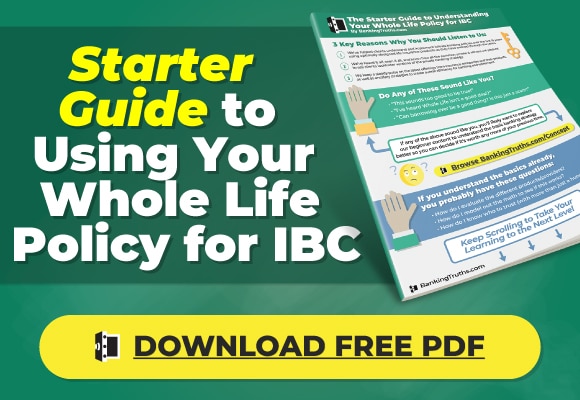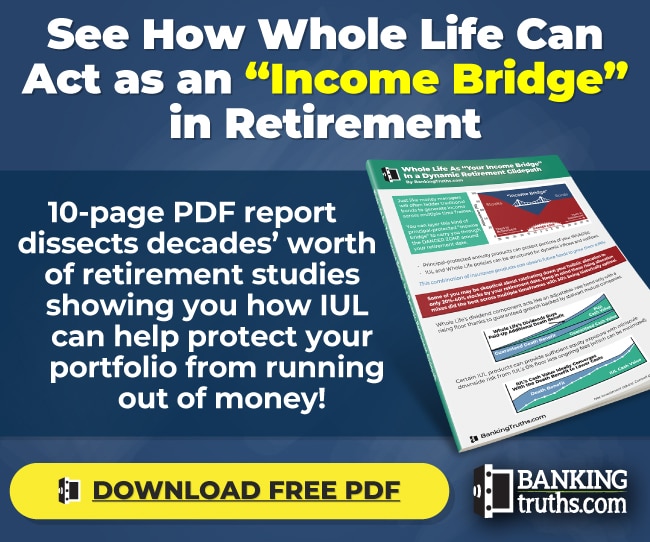Whole Life vs. 1980's Hyper-inflation
With interest rates rising on High-Yield-Savings accounts, many people wonder if it’s still worth doing Whole Life & Infinite Banking. Or maybe they’d be better off staying in savings now that it’s finally paying a “high yield”.
This video goes back in time to look at the fickle & fluctuating interest rates on high-yield savings vs. deploying that money into a 10-pay Whole Life policy. You’ll find that the smoother & steadier growth of Whole Life plus its immunity to taxation makes it a more attractive option.
Timestamps & Resources:
0:00 – Savings account rates 1998-2023
1:09 – When rates spiked in the 1980’s
1:59 – Pros & Cons of Whole Life vs. Savings Account
3:53 – Showing $100k in taxable savings from 1981-2022
5:08 – Moving $100k from savings into Whole Life over 10 years
6:30 – Why Whole Life beats High Yield Taxable Savings
8:44 – How a Whole Life policy from 1981 does even better
10:25 – Whole Life starts off behind but still wins and why
11:21 – How WL dividends kept stacking even though rates kept falling
12:59 – Summarizing the results & discussing the early years WL is behind
The Top 4 Myths Behind Becoming Your Own Banker (Article)
The Simple Science Behind The Banking Concept (Video)
4 Ways Whole Life Insurance Can Help Your Retirement (Article)
Whole Life’s Riders And Growth Components Explained (Video)
Detailed Banking Case Study Using Whole Life (Video)
Best Whole Life Insurance Policy for Banking & Why (Article)

